Fruit Bearing Shade Plants: Growing Fruiting Plants For Shade Gardens
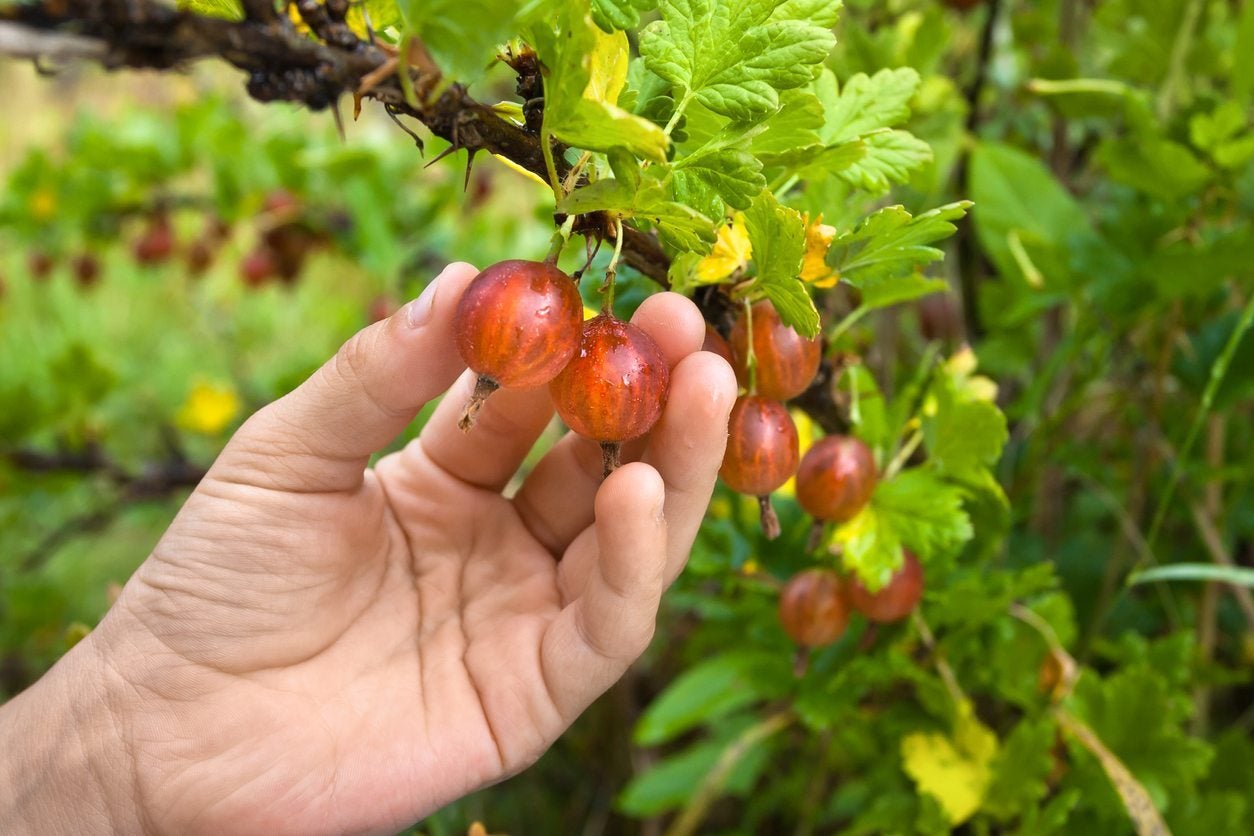
If you have lived in a home for a good length of time, then you are very well aware that as the landscape matures, the amount of sunlight often lessens. What was once a sun-filled vegetable garden may now be more suited to shade-loving plants. Most fruits and vegetables need full sun for at least 8 hours per day in order to produce. How about fruits to grow in the shade? Are there fruiting plants for shade gardens? Surprisingly, yes. Read on to learn about fruit bearing shade plants.
Fruits to Grow in the Shade
There are actually quite a number of fruit bearing shade plants. Most of these are in the berry category, but if you have a partially shaded area, even pears and plums may be grown. Pears do need some sun, but they will produce in partial shade. Try a variety such as ‘Beth’ planted in a westerly facing area that will get a few hours of sun in the afternoon.
Plum varieties, such as ‘Czar,’ can be grown in areas of the garden that get morning sun and afternoon shade. Plums should be planted as dormant, bare-root trees in an area that stays moist but not too wet. Rhubarb is another shade-loving fruit, or rather vegetable plant, popular for rhubarb pies. Early varieties like ‘Timperley Early,’ ‘Stockbridge Arrow’, or ‘Victoria’ do best in shaded areas with rich soil.
Hardy kiwi can also be grown in partial shade. Provide the plant with a trellis for support and plant it in an area with at least partial sun. Muscadine grapes (scuppernong) are a good choice for a partially shaded area in the southern regions of the United States. This American grape makes a delicious pie and wine. Keep in mind that the more sun the vine receives, the more fruit, so if growing in a truly shaded area, enjoy the plant for its rampant vines and gorgeous large leaves.
Native to the United States, the pawpaw tree needs only a couple of hours of sun. An interesting specimen in the landscape, the pawpaw also produces soft, tropical fruit.
Fruiting Berry Plants for Shade
If you are looking for a berry plant for a shaded area of the garden, you are in luck. There are many berries that can be grown in the shade. That said, any of the following berries will produce better if they have at least partial sun. The more sun, the more berries. Blueberries generally require full sun, but lowbush blueberries will tolerate light shade and there are also cold tolerant varieties that can be grown in USDA zones 3-6. Currants, both black and red, will tolerate partial sun to moderate shade.
Again, if you are growing the plant for the delicious fruit, the more sun the plant gets the more it will produce. Elderberries thrive in partial shade. Their fragrant edible, blooms segue into dark purple, luscious berries used to make wine and preserves. Gooseberry brambles are used as privacy hedges that produce edible fruit. They will thrive in a shaded area. .
Gardening tips, videos, info and more delivered right to your inbox!
Sign up for the Gardening Know How newsletter today and receive a free copy of our e-book "How to Grow Delicious Tomatoes".
Like other brambles, they will spread, so some maintenance is needed to contain their growth. Juneberry, or serviceberry, produces a pome fruit that is sometimes referred to as ‘small apple’ fruit. Others consider this to be a berry. Either way, this is another fruit for those of you that love to can their own jams and jellies. That is if you can get to the fruit; the birds love it as well.
Popular in Scandinavia, the lingonberry is a wild, low, evergreen shrub that grows in the understory of Scandinavian forests. Given its proclivity to the cool, dark of the forest floor, it seems a likely candidate for a shaded area of the yard. Thriving in the eastern hill of the United States, mulberries are tolerant of both shade and cool temps. The tree will make quite a mess so be certain it is situated in an out of the way place where you won’t mind the mess.
There are also non-fruiting varieties of mulberry available. Raspberries are easy to grow and will tolerate partial shade. As with other brambles, they will run and can get out of control rapidly. But the delicious delicate flavor of the berry makes it worth it. While most strawberries do need full sun, alpine strawberries can do well in partial shade. Try a variety such as ‘Alexandria’ and plant several for a bumper crop
How to Manage Shade Loving Fruits
Remember that the amount of sunlight that filters into the landscape changes with the season. Be sure that you have ascertained the amount of sun an area receives through each season before planting. If you want to give a shaded area some light, try pruning out some lower trees limbs. This may be just enough to increase light levels significantly.
Plants in shaded areas often stay wet longer and are more prone to disease. Space plants farther apart in the shade to allow for air movement so the foliage dries more rapidly. Also, water with soaker hoses or drip irrigation. Prune out lower canopy trees limbs to improve air circulation and allow more light penetration.

Amy Grant has been gardening for 30 years and writing for 15. A professional chef and caterer, Amy's area of expertise is culinary gardening.
-
 Looking For Plants To Give You The Soft And Fuzzies? Try These 5 Fuzzy Leaf Plant Options
Looking For Plants To Give You The Soft And Fuzzies? Try These 5 Fuzzy Leaf Plant OptionsLovers of texture, drama, silver foliage and tactile plants will adore these special sensory garden additions. These fuzzy leaf plant options will leave you all aglow
By Susan Albert
-
 Get Ready For A Summer Of Hummers! Grow These Full Sun Hummingbird Plants and Flowers
Get Ready For A Summer Of Hummers! Grow These Full Sun Hummingbird Plants and FlowersIf you’re lucky enough to enjoy a sunny backyard, make sure you are maxing out on your pollinator opportunities and grow these full sun hummingbird plants and flowers
By Tonya Barnett
-
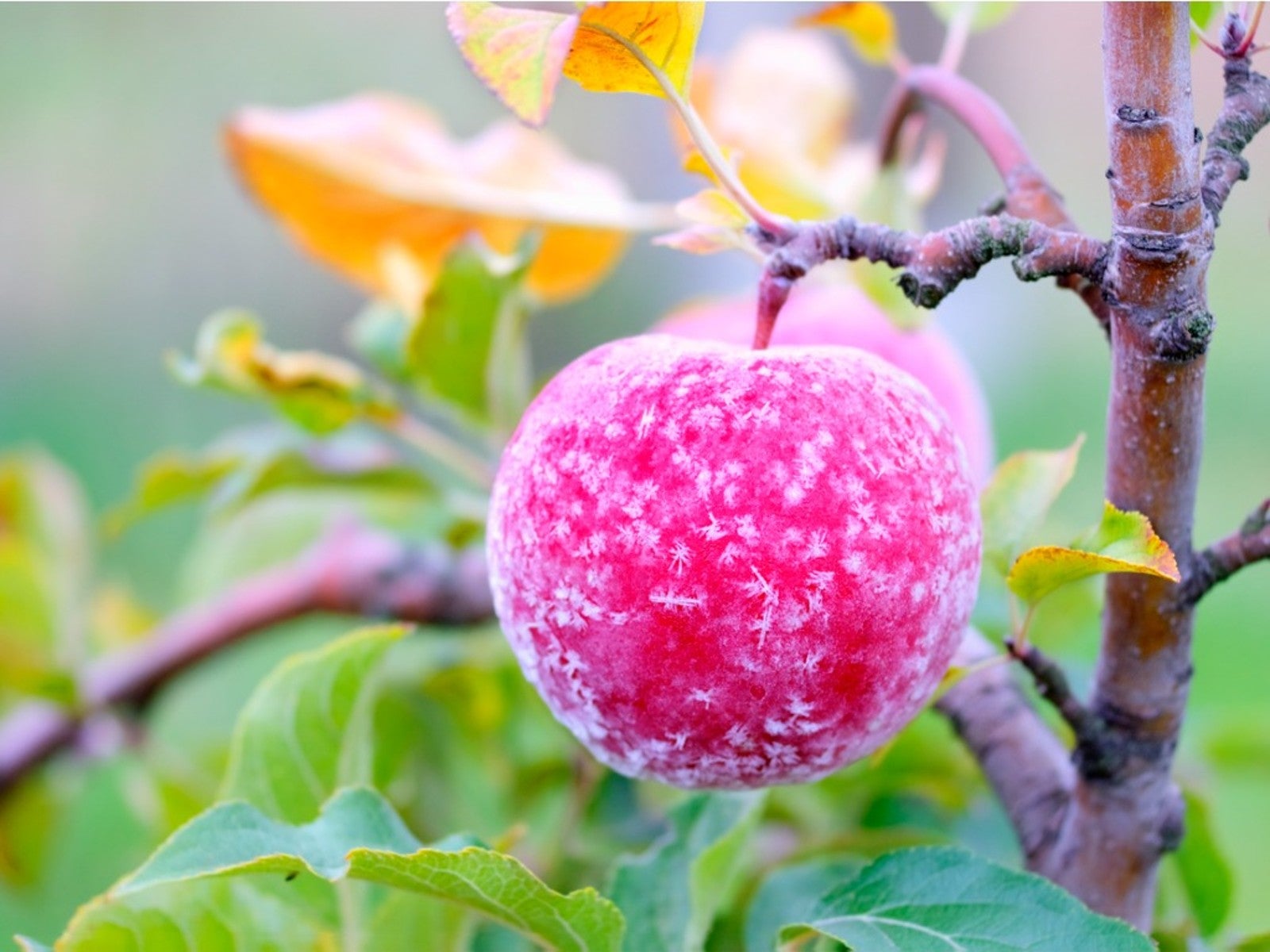 How To Protect Fruit Trees From Frost And Freeze
How To Protect Fruit Trees From Frost And FreezeChoosing fruit trees appropriate for your growing zone is best, but you still may need to protect them from extreme cold. Read how.
By Bonnie L. Grant
-
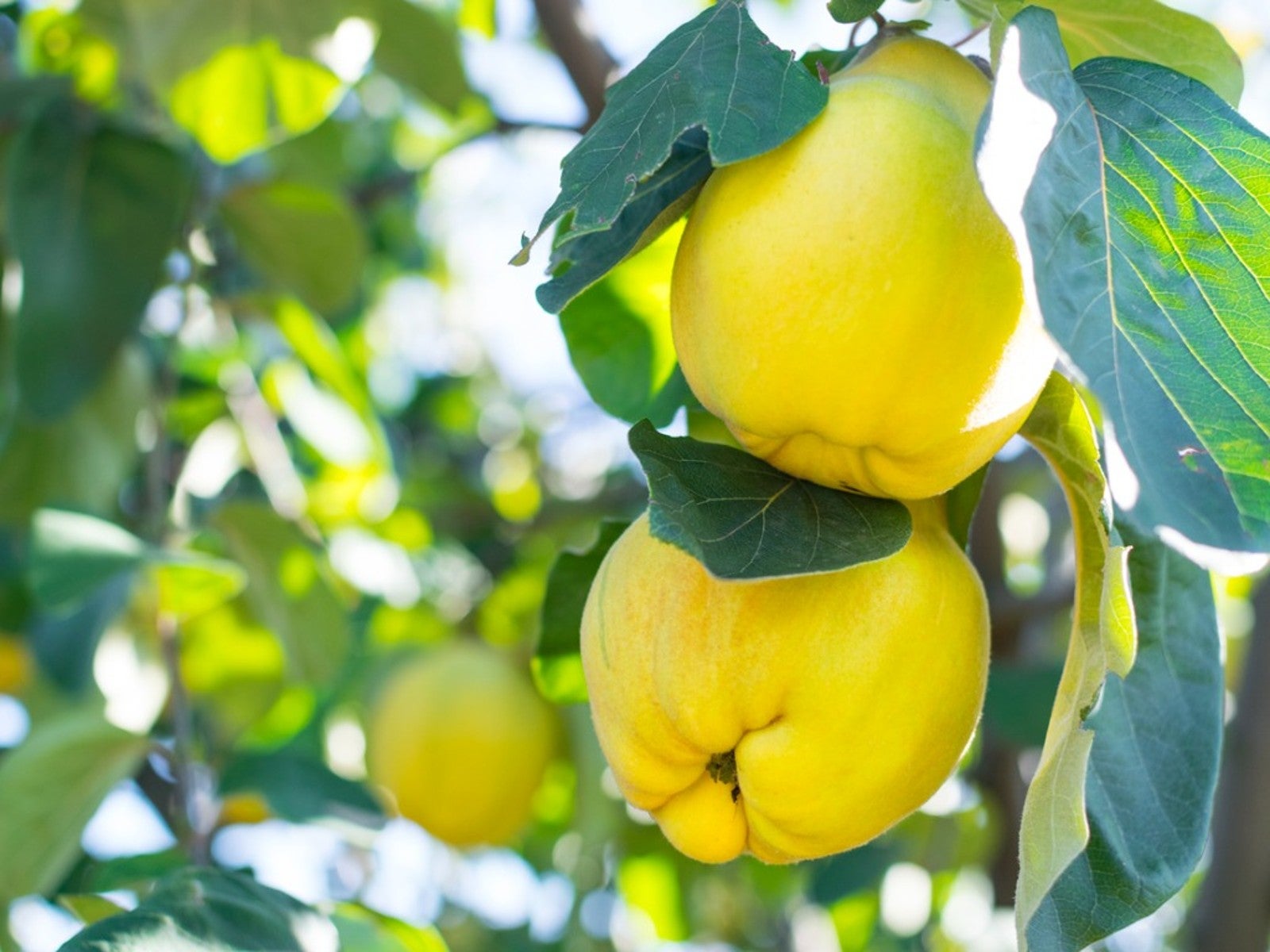 Best Plants For Late Summer and Fall Fruit Harvest
Best Plants For Late Summer and Fall Fruit HarvestEven if you don’t have the optimal conditions for more common fruit trees, there are other end of summer fruits to enjoy.
By Teo Spengler
-
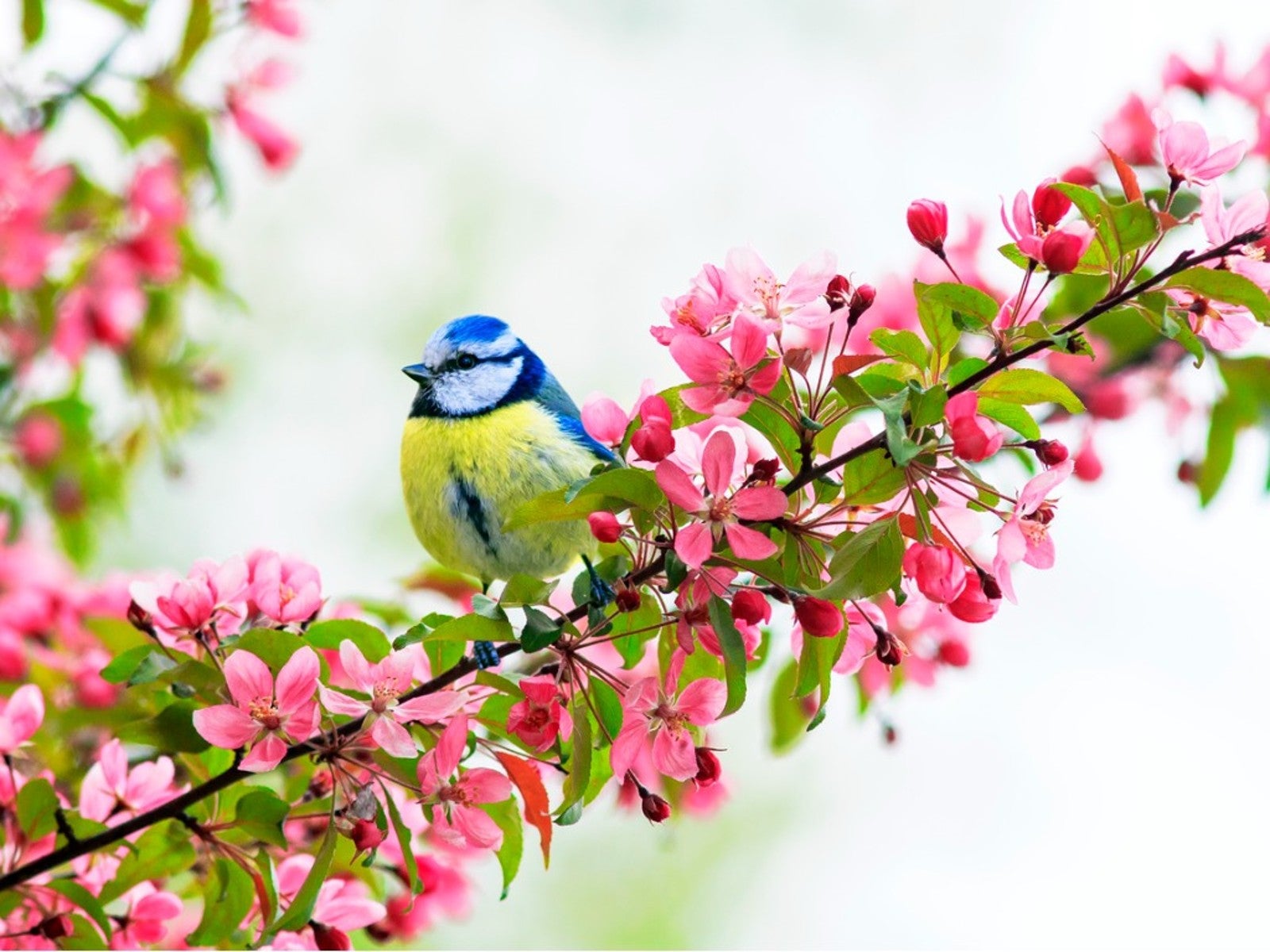 Best Native Fruit Trees To Support Wildlife
Best Native Fruit Trees To Support WildlifeIf you want trees that will attract and feed wildlife, learn the best kinds of edible fruit and nut trees to plant for inviting specific creatures.
By Teo Spengler
-
 Orange Fruit Varieties: Growing Fruits That Are Orange
Orange Fruit Varieties: Growing Fruits That Are OrangeOrange colored fruit isn’t limited to the citrus orange. There are plenty of other orange colored fruit varieties, each packing a healthful punch. Read on for more.
By Amy Grant
-
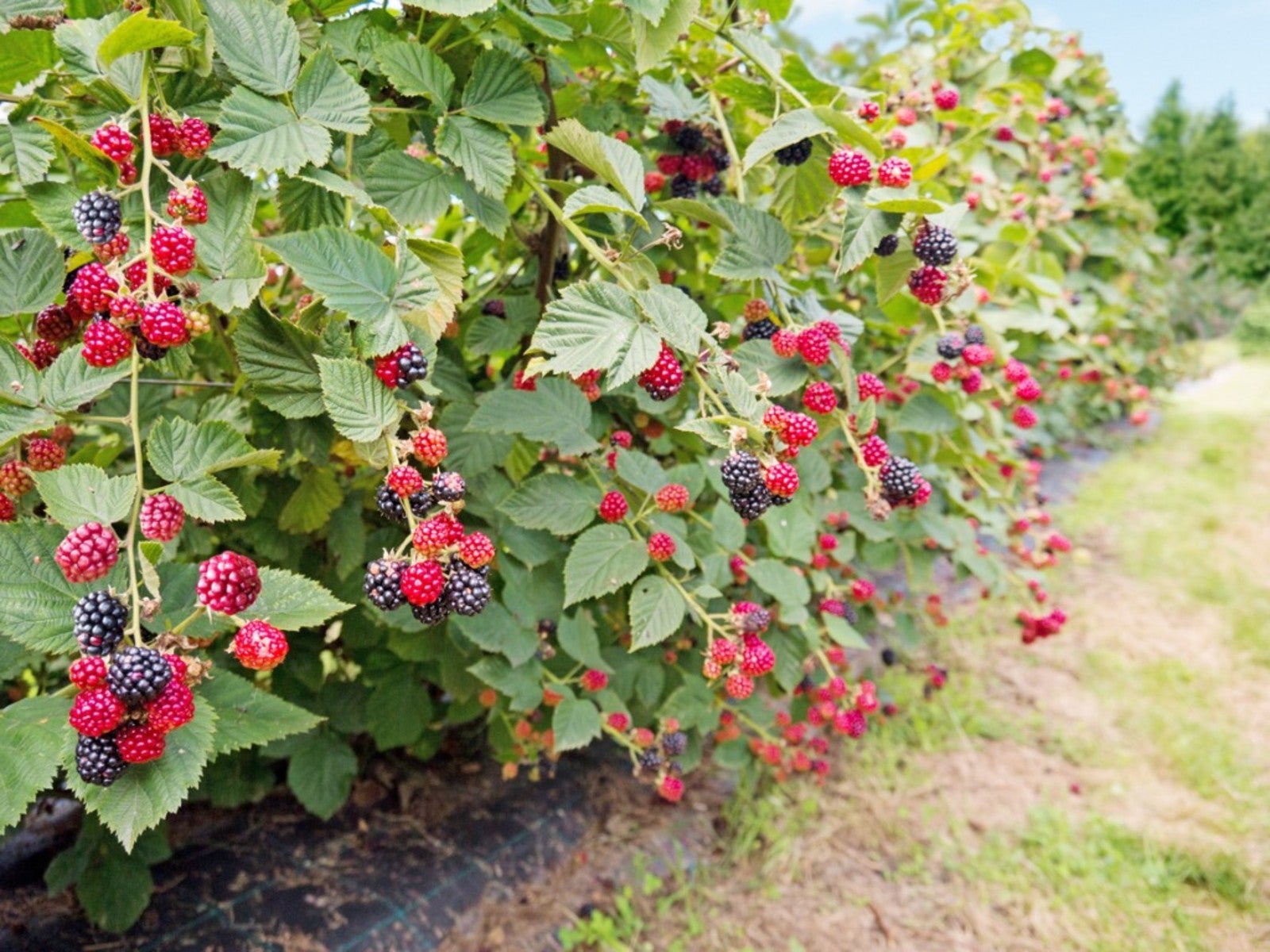 Everbearing Plants: Learn About Everbearing Varieties Of Fruit
Everbearing Plants: Learn About Everbearing Varieties Of FruitWhat does everbearing mean? And more importantly, how do everbearing varieties differ from non-everbearing types? Read on for more.
By Laura Miller
-
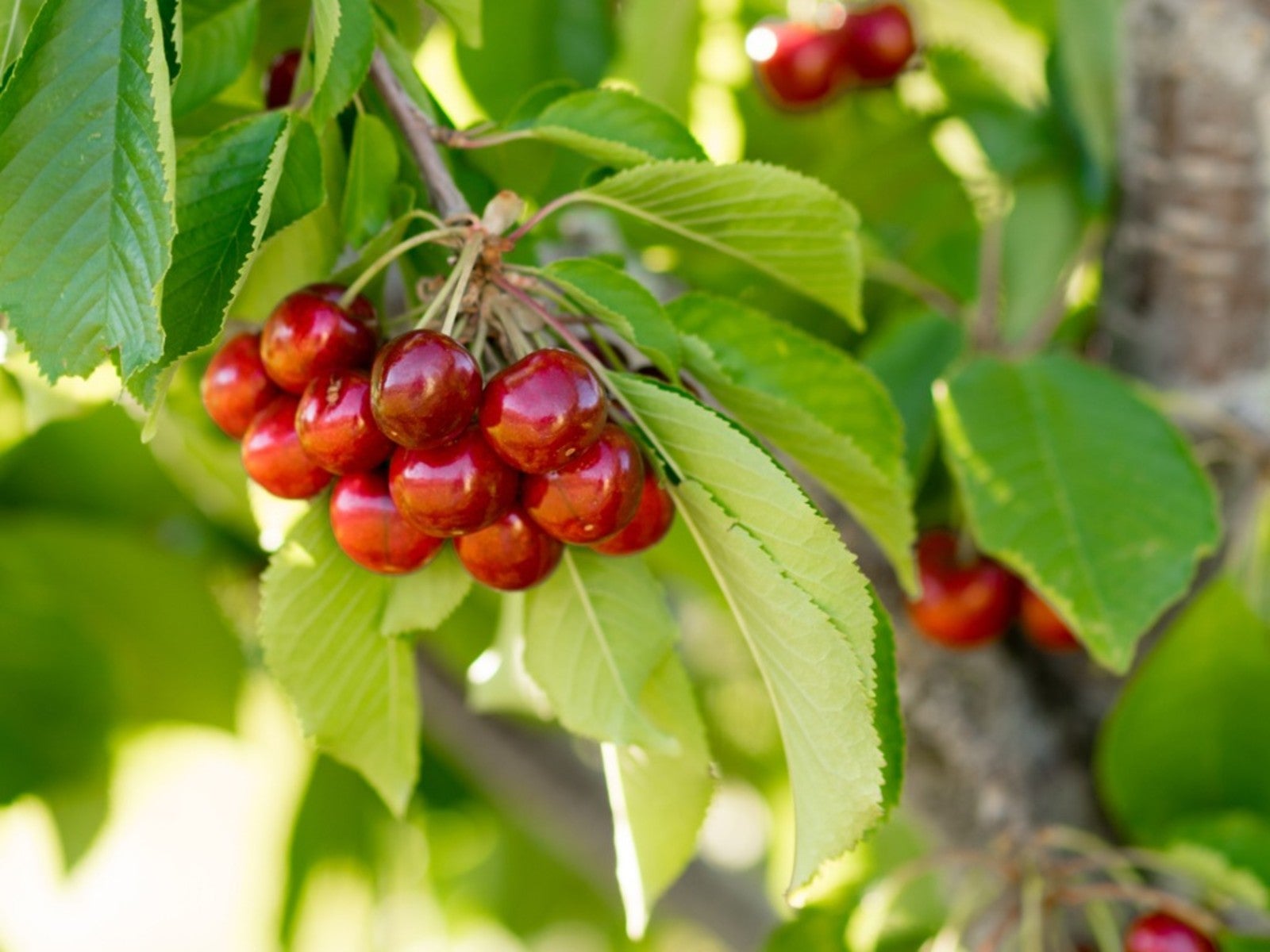 Plant A Red Fruit Garden: Growing Fruits With Red Flesh
Plant A Red Fruit Garden: Growing Fruits With Red FleshPlanting a red fruit garden may seem a bit whimsical. That is, until you realize the health benefits of consuming fruits with red flesh.
By Laura Miller
-
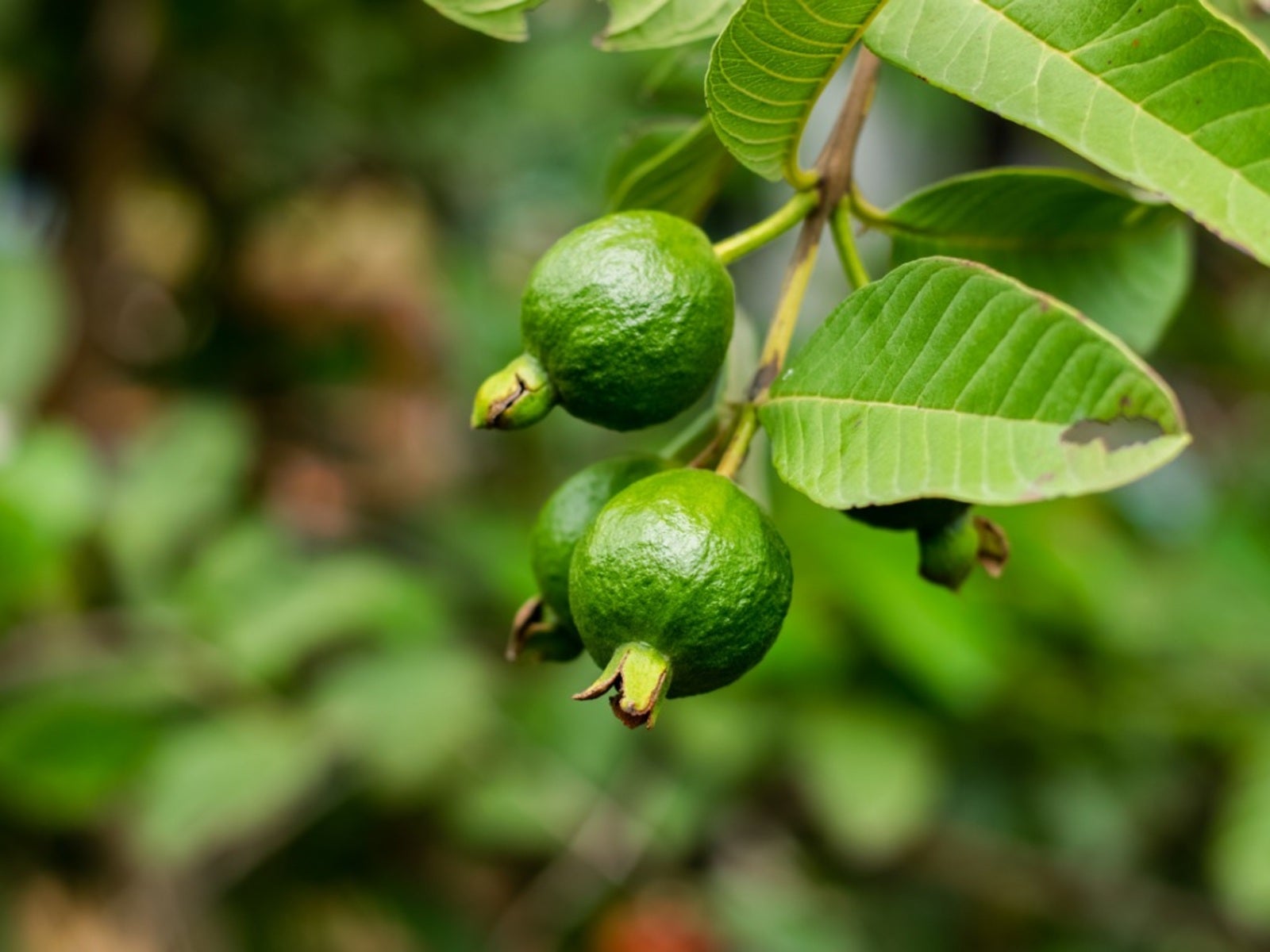 Heat Tolerant Fruits - Growing Fruit In Hot Weather
Heat Tolerant Fruits - Growing Fruit In Hot WeatherSome fruit grows in extreme heat naturally. But there are also specially cultivated, heat-tolerant varieties. For more information on heat tolerant fruits, read on.
By Teo Spengler
-
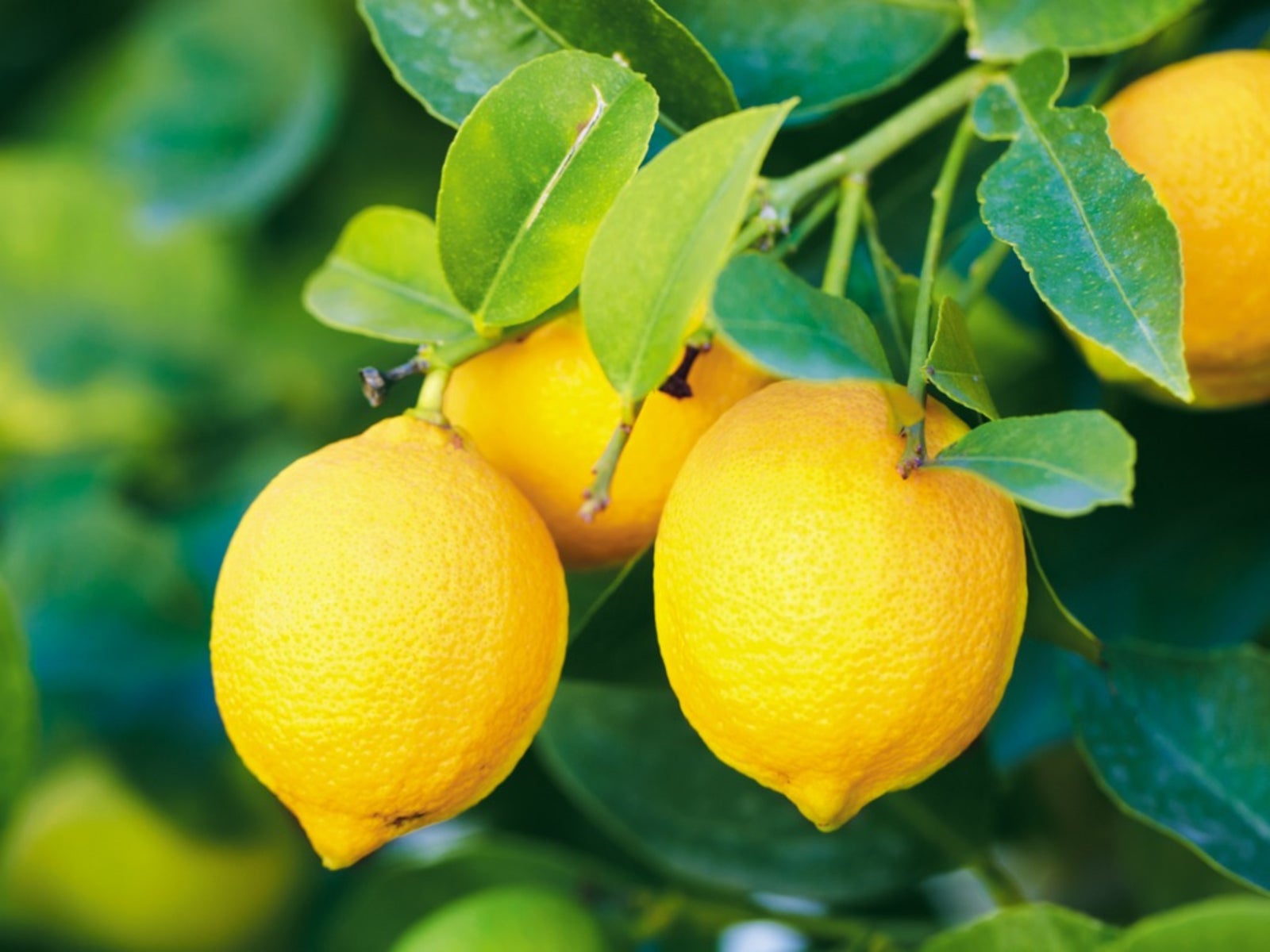 Yellow Fruit Varieties - Growing Fruit That Is Yellow
Yellow Fruit Varieties - Growing Fruit That Is YellowWhat fruit is yellow? There's more than the bananas at the supermarket. Try growing yellow fruit for a consistent supply of sunny food.
By Bonnie L. Grant